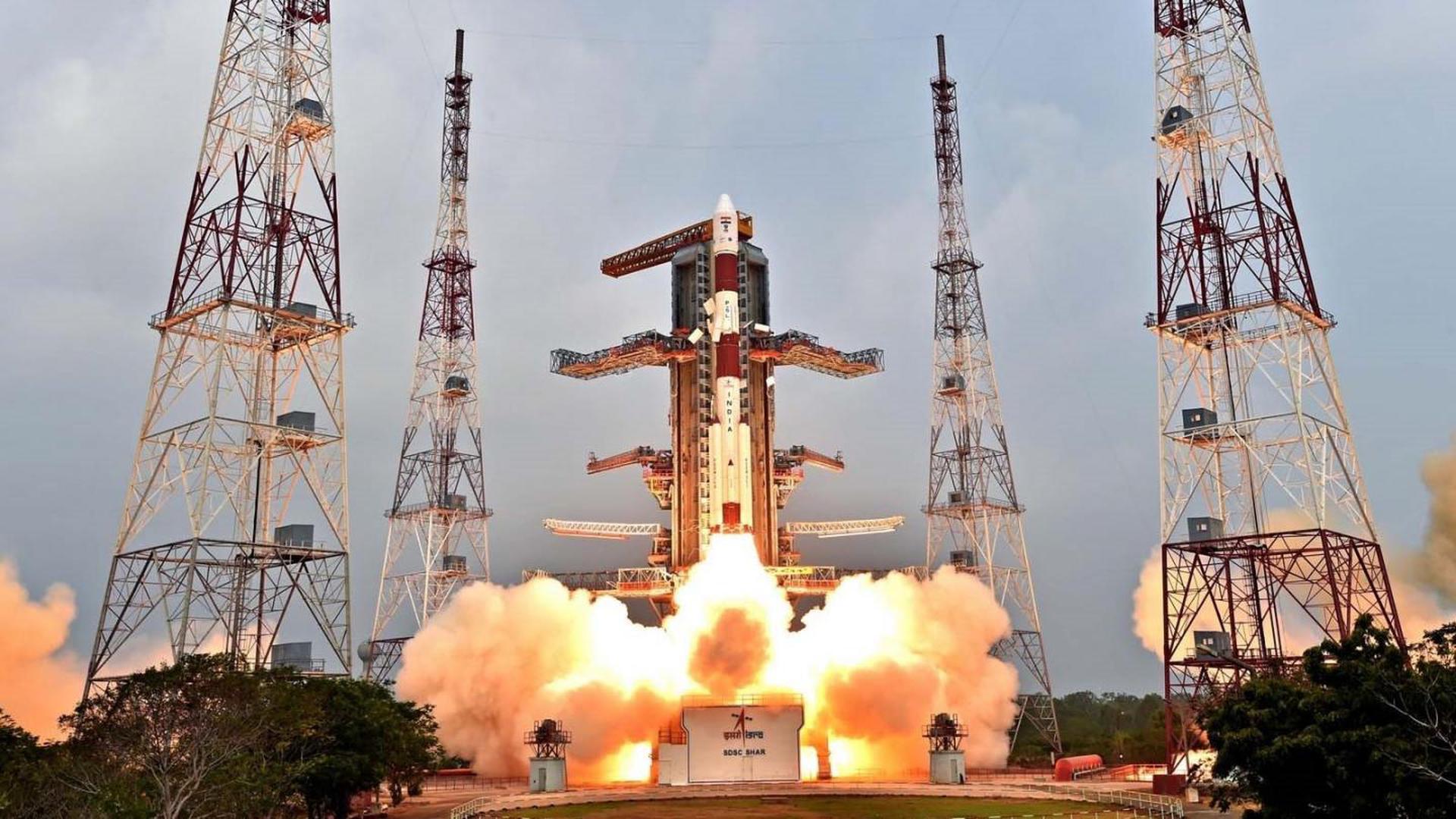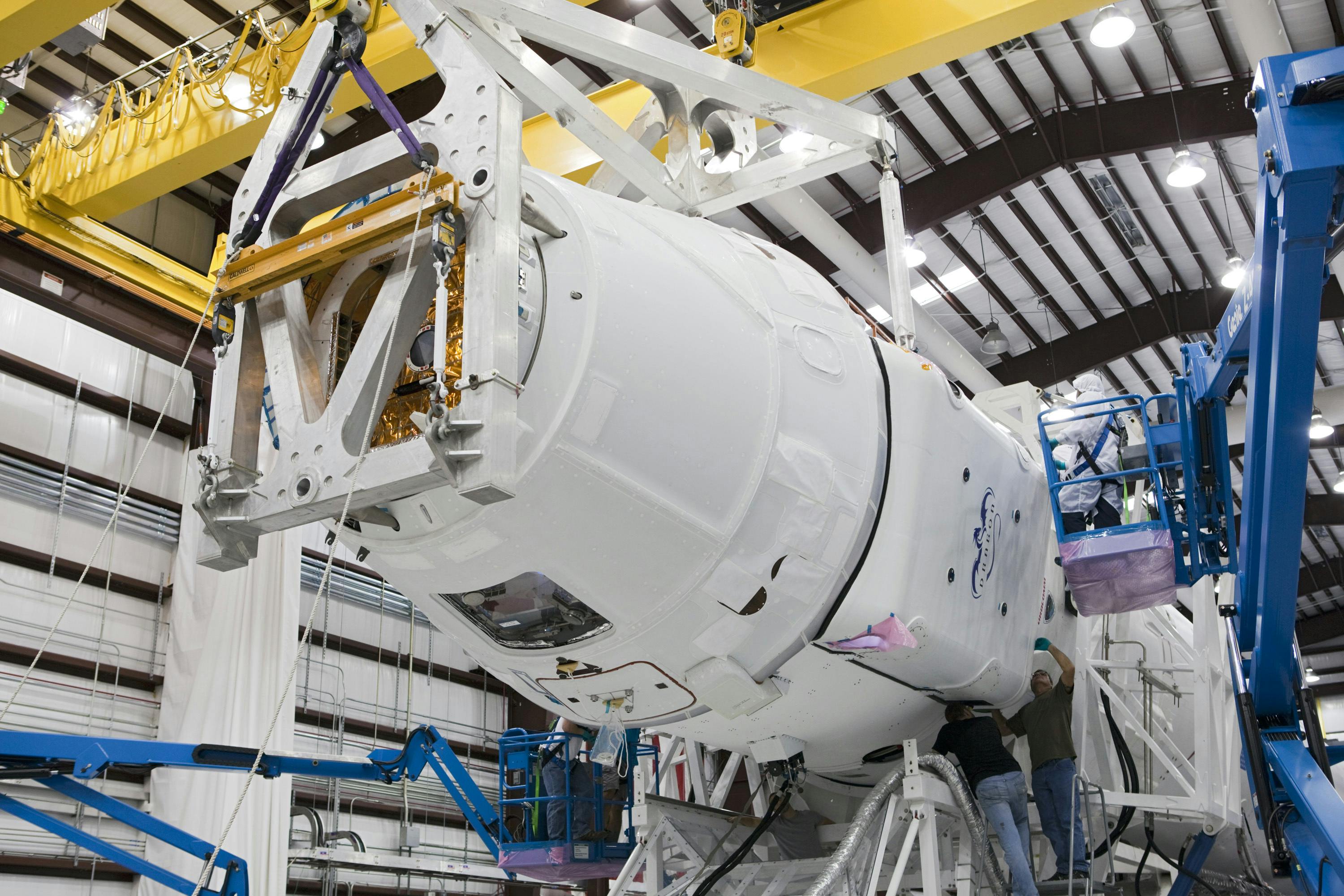· space brief · 5 min read
Space Brief 29 Nov 2024
Today's brief covers China's Beidou satellite plans, SpaceX's Starship advancements, potential Space Command HQ relocation, and more.

📄Top Stories
China plans to launch advanced Beidou navigation satellites by 2027, aiming for a significant global positioning presence by 2035. SpaceX is progressing with its Starship, potentially phasing out the Falcon and Dragon systems within a decade. The location of the US Space Command HQ could shift back to Alabama under Donald Trump’s presidency. Meanwhile, SpaceX’s Starship continues to break new ground following its successful Flight 6 test.
📰Detailed Coverage
China to Upgrade Beidou Navigation Constellation
China has announced plans to enhance its Beidou satellite navigation system with next-generation satellites scheduled for launch by 2027. This initiative aims to boost China’s global positioning and navigation capabilities significantly by 2035. The development is part of a broader effort by China to assert its influence in global satellite navigation, rivalling existing systems such as the US-based GPS.
Technologically, the future Beidou satellites are expected to offer improved accuracy, resilience, and service capabilities. Increased satellite numbers will enhance coverage, contributing to both civilian and military applications, which could have widespread implications globally. This expansion underscores the strategic importance of satellite navigation as a critical part of national infrastructure and space dominance.
Read the full story: SpaceNews
Starship Progresses Toward Replacing Falcon and Dragon
SpaceX is advancing its Starship program, with implications that it could replace the Falcon and Dragon platforms by 2030. The recent developments underscore SpaceX’s commitment to optimizing logistics and expanding capabilities, setting Starship at the forefront of future missions, including potential Mars explorations.
Gwynne Shotwell, SpaceX COO, suggests that the transition to Starship will streamline operations with unified technology, offering greater payload capacity and reusability. This evolution could lower costs and simplify mission scheduling, leveraging Starship’s versatility and long-term sustainability in space travel.
Read the full story: SpaceExplored
Space Command HQ Likely Returning to Alabama
Amid discussions on military space infrastructure, the location of the US Space Command’s headquarters might relocate back to Alabama under a Trump presidency. Originally moved from Colorado to Alabama during Trump’s previous term, this decision combines political strategy with logistical considerations for aligning military assets.
The potential move highlights the ongoing strategic realignment of the US military’s space operations. It emphasizes the importance of geopolitically optimal locations for command centers critical to national security and defense space missions.
Read the full story: SpaceExplored
Starbase Advances Following Starship Flight 6
In the wake of Starship’s sixth flight, SpaceX’s Starbase continues rapid development, setting the stage for future launches. This progression marks crucial milestones in the operational readiness and technical enhancements of SpaceX’s most ambitious spacecraft.
The success of Flight 6 reflects SpaceX’s robust testing and iteration strategy, often characterized by Starbase’s dynamic infrastructure and agile project management. These advancements not only highlight SpaceX’s market dominance but also its innovative approach to reducing costs and increasing access to space.
Read the full story: NASA Spaceflight
🛰️Satellite Spotlight
- Satellite Name: OPS 3165
- NORAD ID: 08482
- Launch Date: 1975
- Mission: The satellite is part of the Defense Support Program (DSP) which provides missile early warning information to the US military.
- Orbit: Inclination 3.7921°, Period 1433.30 minutes, Eccentricity close to zero (indicating geostationary-like orbit)
- Operator: SAMSO (Space and Missile Systems Organization)
- Fun Fact: This satellite significantly contributes to missile launch detection, showcasing the longevity and continuity of military space assets in geostationary orbit.
Current TLE Data:
```plaintext 1 08482U 75118A 24317.65063418 .00000126 00000-0 00000-0 0 89993 2 08482 3.7921 270.7502 0033896 4.0148 26.3020 1.00467111 20618 ```
Track this satellite in real-time on our web app: Track OPS 3165
Upcoming Space Launches
November 29
- Russian Federal Space Agency (ROSCOSMOS) Soyuz 2.1a/Fregat-M:
- Kondor-FKA No.2 from Vostochny Cosmodrome, Siberia, Russian Federation (21:50 UTC) The Kondor-FKA is a civilian radar Earth observation satellite designed for both continuous swath and detailed spot surveys.
November 30
-
SpaceX Falcon 9 Block 5:
- Starlink Group 6-65 from Cape Canaveral SFS, FL, USA (launch window 05:00-09:00 UTC) A batch of satellites for the Starlink mega-constellation for space-based Internet communication.
-
SpaceX Falcon 9 Block 5:
- NROL-126 from Vandenberg SFB, CA, USA (launch window 08:08-12:08 UTC) Fifth batch of reconnaissance satellites for the National Reconnaissance Office to provide imaging and other capabilities.
-
China Aerospace Science and Technology Corporation Long March 12:
- Maiden Flight from Wenchang Space Launch Site, People’s Republic of China (launch window 14:17-16:08 UTC) First launch of the Long March 12 and the first from the Wenchang Commercial Space Launch Site.
December 2
- China Aerospace Science and Technology Corporation Long March 6A:
- Unknown Payload from Taiyuan Satellite Launch Center, People’s Republic of China (launch window 04:45-05:06 UTC) Possibly launching a batch of G60 Low Earth Orbit communication constellation satellites.
December 3
-
China Aerospace Science and Technology Corporation Long March 3B/E:
- Unknown Payload from Xichang Satellite Launch Center, People’s Republic of China (launch window 05:46-06:21 UTC) Details TBD.
-
Russian Space Forces Soyuz 2.1b:
- Kosmos (Unknown Payload) from Plesetsk Cosmodrome, Russian Federation (launch window 16:00-19:00 UTC) Russian military satellite(s) of unknown variant.
December 4
-
SpaceX Falcon 9 Block 5:
- Starlink Group 9-14 from Vandenberg SFB, CA, USA (launch window 00:29-04:29 UTC) A batch of satellites for the Starlink mega-constellation for space-based Internet communication.
-
SpaceX Falcon 9 Block 5:
- Starlink Group 6-70 from Cape Canaveral SFS, FL, USA (launch window 08:29-12:29 UTC) A batch of satellites for the Starlink mega-constellation for space-based Internet communication.
-
Indian Space Research Organization PSLV-XL:
- Proba-3 from Satish Dhawan Space Centre, India (10:38 UTC) Proba-3 is the first close formation flying mission for ESA to create “artificial solar eclipse” effects.
Note: Launch dates and times are subject to change due to technical or weather considerations.

Maurice Stellarski





